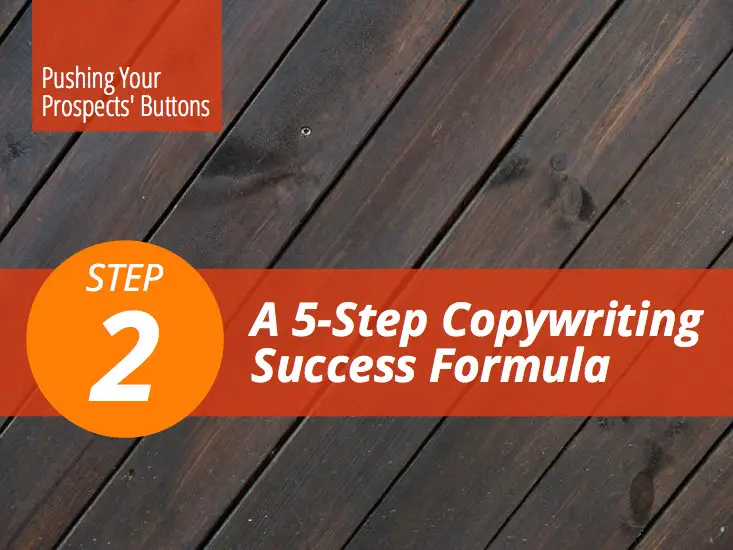For creative entrepreneurs and business owners, one of the most useful tools available in offering products, programs and services is the copy used to communicate messages. Here, Shweiki teams up with author and seasoned copywriter, Debra Jason of The Write Direction, to present the second of four installments on successful copywriting. This webinar focuses on step two of the five-step formula for successful copywriting, which is about pushing prospects’ buttons.
For a business owner, pushing prospects’ buttons is all about letting the prospects know that one understands their feelings and can relate to their stress, anger and pain–whatever emotion they’re experiencing.
Take, for example, one of Jason’s clients, who wants women to be members of his women’s business network. A primary struggle of many of his prospects is probably finding women who are like-minded. His advantage and selling point is the fact that, if they join his directory, they’ll have the opportunity to connect with like-minded women. What’s important when pushing buttons is displaying that one is compassionate and understands where the prospect is coming from, and therefore can help them and make them a happier person.
Gaining Clarity
For one to determine who they are and how they can help others, Jason suggests an exercise that asks one to fill in the blanks in the following template: I help (insert target audience) to get or gain (insert benefit), even if (objection or barrier).
This 30-second spiel is similar to an elevator pitch. It’s important to have a clear and concise message, and this phrase can help one develop theirs. It can also be fine-tuned later and used as a headline or in the copy to push prospects’ buttons.
As an example, take Jason’s templated message: “I help creative solopreneurs, heart- and soul-centered coaches, and enthusiastic business owners communicate their marketing message in a way that captivates and converts their prospects into loyal, raving fans, even if they have been struggling to put their ideas into words in the past.”
While this is a fantastic way to start, there is a fourth step when composing this templated message that can add some extra oomph at the end: So that (insert result or benefit).
This results in a four-part sentence that, in total, looks like this: I help (insert target audience) to get or gain (insert benefit), even if (objection or barrier), so that (insert result or benefit).
These are the type of things that can push people’s buttons and inspire them to take action.
(The webinar featuring step one, which is about determining the problem and tapping into people’s pains and struggles to show empathy and encourage them to realize they need assistance, can be found here.)







